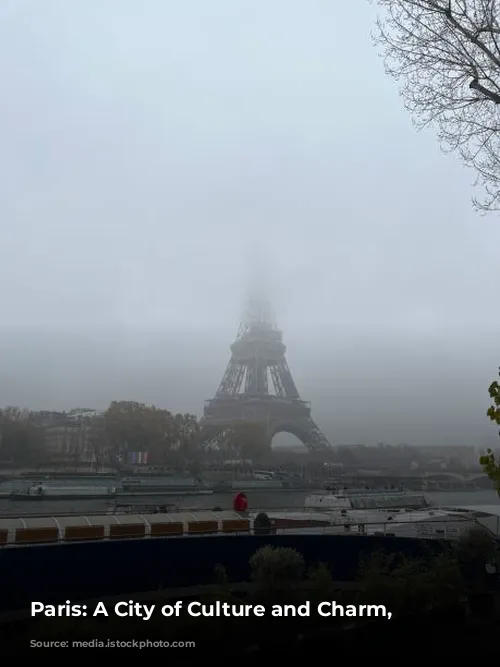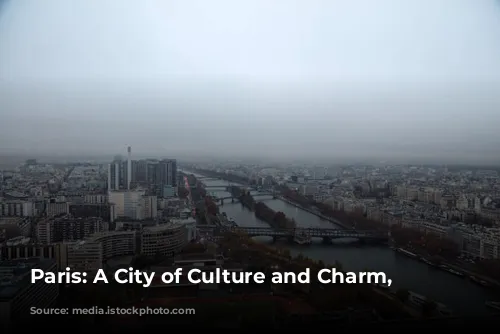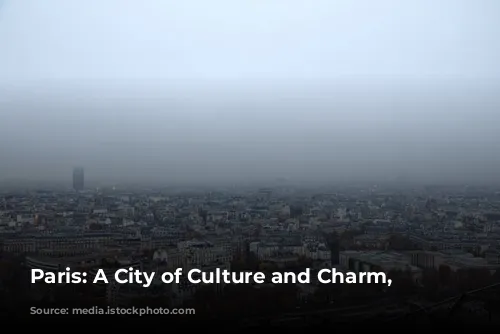Paris, the City of Lights, is a magical destination any time of year. However, if you’re looking to soak up the sun and enjoy outdoor activities, the best time to visit is during the summer months, from mid-June to mid-September.
Let’s dive into the details and explore what makes Paris so captivating, no matter the season.
A City of Contrasts: Weather in Paris
Paris experiences distinct seasons, each offering its unique charm. Summers are short, pleasant, and partly cloudy. Imagine strolling along the Seine, enjoying a picnic in the Tuileries Garden, or sipping coffee at a charming cafe. Winter, however, brings a different kind of magic. Expect cold, blustery days with mostly cloudy skies. Picture yourself bundled up in a cozy scarf, admiring the Christmas lights, or cozying up in a warm cafe with a hot chocolate.
Temperatures in Paris generally range from a chilly 35°F to a comfortable 78°F throughout the year. It’s rare to experience temperatures below 25°F or above 88°F, so you can always find a way to enjoy the city, regardless of the season.
Unveiling Paris’s Climate Secrets: Visualizing Temperature Patterns
To help you understand the temperature variations throughout the year, we’ve created a visual representation of the average hourly temperatures. Imagine a colorful map, where the horizontal axis represents the day of the year, the vertical axis represents the hour of the day, and the color intensity reflects the average temperature for that specific hour and day. This visual tool provides a comprehensive overview of Paris’s temperature patterns, helping you plan your trip based on your preferred climate.

Beyond Paris: Finding Similar Climates Worldwide
Curious to explore other destinations with similar weather to Paris? Look no further than Eastgate, Washington, United States. This far-away foreign place boasts temperatures remarkably similar to Paris, offering an alternative adventure for those seeking a comparable climate.
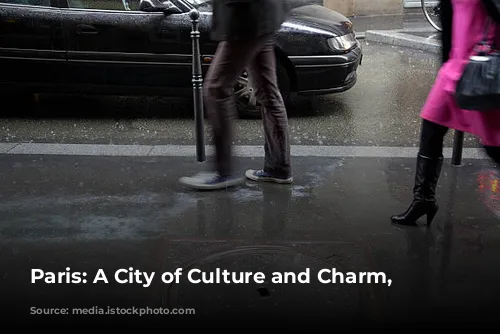
Sun’s Journey: Tracking the Light in Paris
Paris’s climate isn’t just about temperature; the sun’s position also plays a role in shaping the city’s ambiance. We’ve created a visual representation of the sun’s elevation and azimuth throughout the year. Imagine a dynamic map where the background color indicates the sun’s compass bearing, and black lines represent its angle above the horizon. This fascinating visual tells the story of the sun’s journey across the Parisian sky, showcasing its influence on the city’s light and energy.

Planning Your Parisian Escape: Choosing the Perfect Time to Visit
To help you choose the best time to visit Paris for your specific interests, we’ve developed two unique travel scores:
1. Tourism Score: This score considers factors like clear skies, minimal rain, and comfortable temperatures, favoring days between 65°F and 80°F. Based on this score, the ideal time to visit for general outdoor activities is from mid-June to mid-September, with the peak season occurring in the last week of July.
2. Beach/Pool Score: If you’re craving warm weather and sunny days, this score focuses on clear skies, rainless days, and temperatures between 75°F and 90°F. The best time to visit Paris for hot-weather activities is from mid-July to mid-August, with the peak season falling in the last week of July.
These scores are based on a comprehensive analysis of historical weather data, taking into account factors like temperature, cloud cover, and precipitation. We’ve carefully crafted our scoring system to provide you with the most accurate and insightful recommendations for your Parisian adventure.
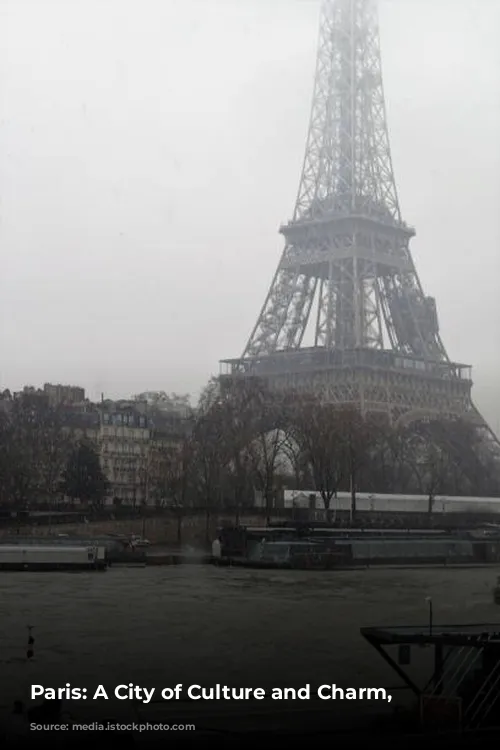
Discover the Magic of Paris: A City for All Seasons
Whether you’re seeking warm summer days or romantic winter nights, Paris has something special to offer every traveler. By understanding its weather patterns and using our travel scores as a guide, you can plan the perfect trip to this iconic city. So, start dreaming of cobblestone streets, charming cafes, and breathtaking views – Paris awaits!
